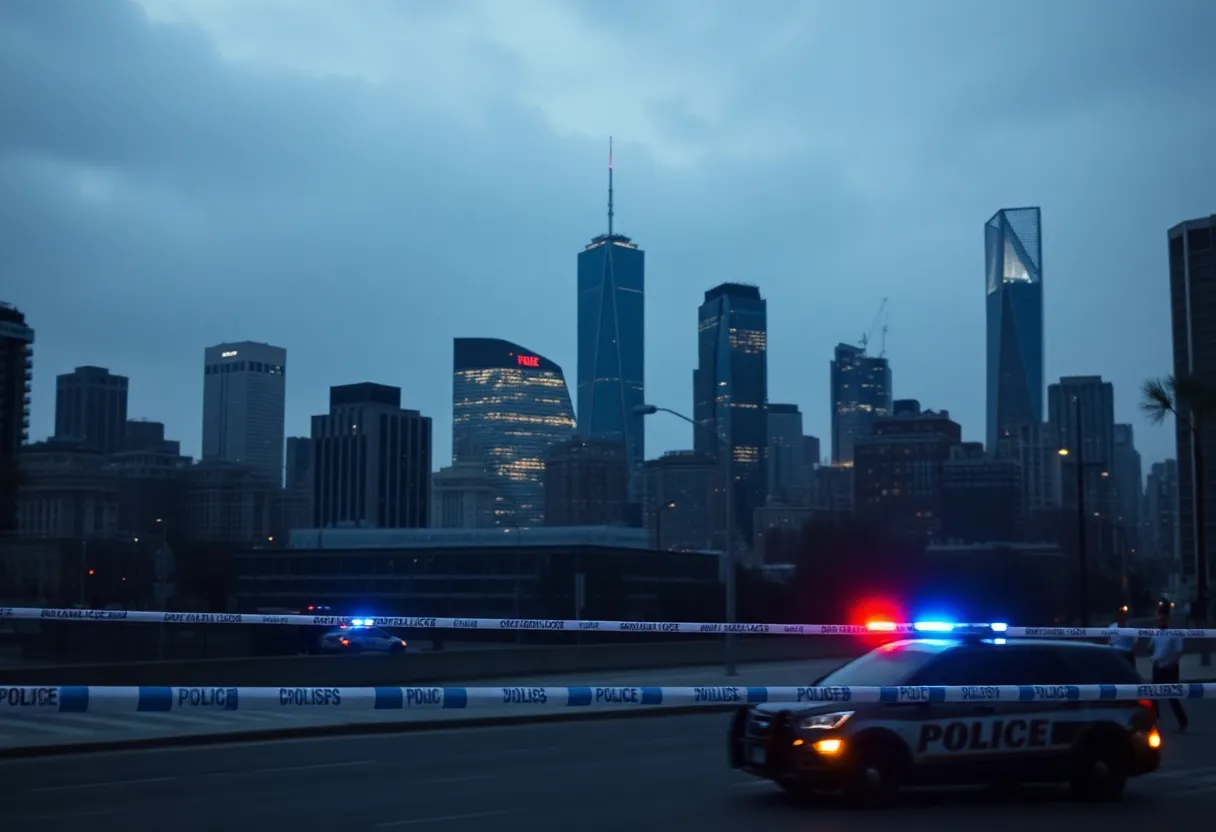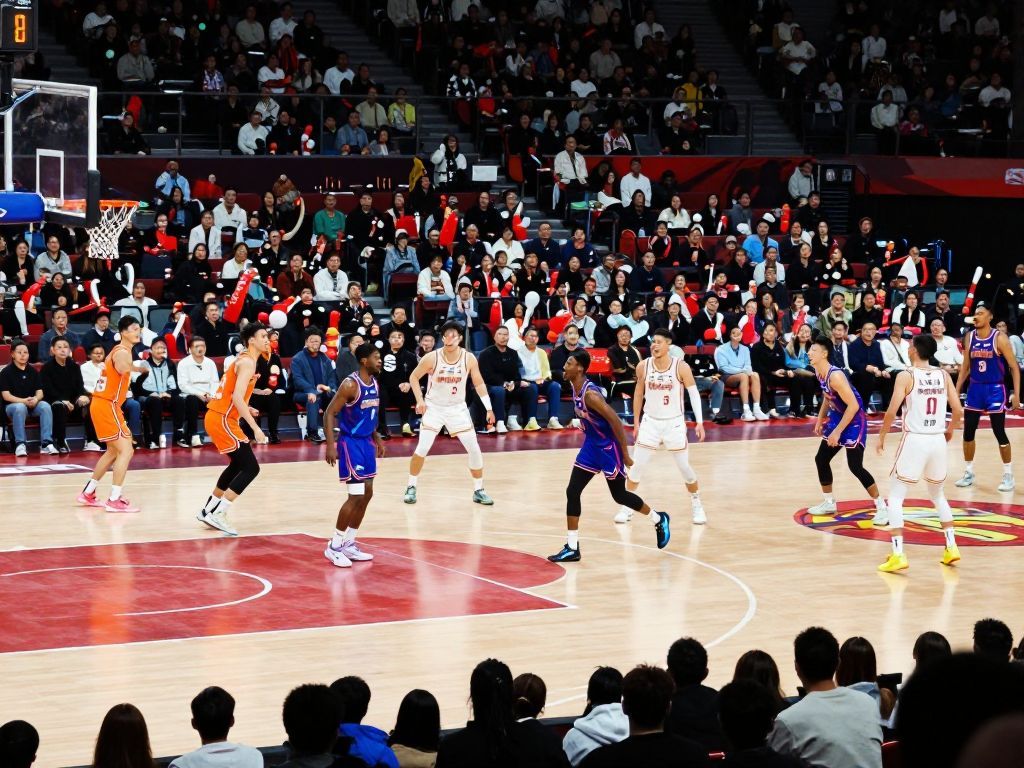New York City, July 30, 2025
News Summary
A tragic shooting at the NFL headquarters in Midtown Manhattan resulted in the deaths of four individuals, including an NYPD officer. The shooter, armed with a homemade AR-15 assault rifle, took his own life after the attack. Motivated by a belief in a chronic traumatic encephalopathy diagnosis, the incident brings forth critical discussions surrounding mental health and gun control. Authorities are investigating, and the NFL faces renewed scrutiny regarding player safety and brain injury awareness.
New York City – In a tragic incident on Monday evening, gunman Shane Tamura killed four people, including an NYPD officer, in a shooting at the NFL’s headquarters in Midtown Manhattan. The 27-year-old shooter, armed with a homemade AR-15 assault rifle and a legally purchased Colt Python .357-caliber handgun, committed the acts of violence around 6:30 p.m. before taking his own life. The victims included NYPD Officer Didarul Islam, Blackstone executive Wesley LePatner, security guard Aland Etienne, and Rudin employee Julia Hyman.
Authorities recovered a three-page suicide note from Tamura’s wallet that indicated his motivation for targeting the NFL was rooted in his belief that he suffered from chronic traumatic encephalopathy (CTE), a brain injury commonly associated with repeated head trauma in football players. The note contained rants about the NFL’s alleged cover-up of the dangers related to brain injuries, claiming the organization prioritized profit over player safety. Tamura also referenced Terry Long, a former NFL player who took his life after being diagnosed with CTE, and the documentary “League of Denial,” which delved into the NFL’s handling of brain injuries.
Investigators revealed that Tamura had a troubling history of mental illness, with self-reported suicidal thoughts. Prior to the shooting, he drove a BMW across multiple states including Colorado, Nebraska, Iowa, and New Jersey. After moving from California to Las Vegas, where he had played high school football without sustaining known serious injuries, Tamura was later granted a gun permit in April 2022, despite his mental health history.
An additional note was found in Tamura’s Las Vegas apartment expressing disappointment toward his parents, suggesting a potential underlying emotional struggle. His gun permit application had been approved even after he had declared suicidal thoughts. Tamura was known to have made significant ammunition purchases and had failed to report for his scheduled shift at a Las Vegas casino on the night of the incident, causing concern among his peers.
His attempts to access the NFL office were hampered by confusion regarding the elevator system, delaying his arrival. The shooting prompted an extensive police response, leading to heightened security in the area and an immediate investigation into the circumstances surrounding the incident. Law enforcement agencies, including the FBI and NYPD, are currently reviewing surveillance footage and gathering additional information.
The medical examiner’s office will determine whether Tamura’s brain will be studied for CTE, following his apparent wish to preserve it for research posthumously. The incident raises significant questions about the intersections of mental health, gun control, and the responsibilities of organizations like the NFL regarding the health and safety of players.
Background Context
The NFL has been under scrutiny in recent years for its handling of brain-related injuries among players, especially as research on CTE becomes more prevalent. Many former players and their families have called attention to the long-term effects of repeated concussions and head trauma sustained during their careers. The NFL’s response has included policy changes and increased funding for research initiatives aimed at better understanding and preventing such injuries.
What’s Next?
The repercussions of this shooting will likely lead to renewed discussions on gun control laws, mental health treatment access, and safety protocols within high-pressure environments such as professional sports. Community leaders and policymakers are expected to engage in dialogues to prevent future tragedies and ensure support systems are in place for individuals facing mental health challenges.
FAQ
What caused the shooting at the NFL headquarters in New York City?
The shooting was carried out by Shane Tamura, who targeted the NFL due to his belief that he suffered from chronic traumatic encephalopathy (CTE) stemming from football-related injuries.
How many people were killed in the incident?
Four people were killed, including a New York City police officer.
What evidence was found related to the shooter?
A suicide note was found in his wallet indicating his motivations and a second note expressing disappointment towards his parents was discovered in his Las Vegas apartment.
Was the shooter mentally ill?
Yes, Tamura had a history of mental illness, including self-reported suicidal thoughts.
Key Features
| Feature | Details |
|---|---|
| Incident Date | Monday evening |
| Location | NFL headquarters, Midtown Manhattan |
| Shooter | Shane Tamura, 27 |
| Victims | 4 (including NYPD officer) |
| Motivation | Belief in CTE diagnosis |
| Type of Weapon | Homemade AR-15 and Colt Python handgun |
| Police Response | Major response with increased security |
Deeper Dive: News & Info About This Topic
HERE Resources
Tragic Shooting Incident Claims Lives in Midtown Manhattan
Additional Resources
- ABC7 NY
- The New York Times
- The Wall Street Journal
- CBS News
- ESPN
- Wikipedia: Chronic traumatic encephalopathy
- Google Search: NFL CTE
- Google Scholar: Chronic traumatic encephalopathy
- Encyclopedia Britannica: Concussion
- Google News: NYC shooting
Author: STAFF HERE PHOENIX WRITER
The PHOENIX STAFF WRITER represents the experienced team at HEREPhoenix.com, your go-to source for actionable local news and information in Phoenix, Maricopa County, and beyond. Specializing in "news you can use," we cover essential topics like product reviews for personal and business needs, local business directories, politics, real estate trends, neighborhood insights, and state news affecting the area—with deep expertise drawn from years of dedicated reporting and strong community input, including local press releases and business updates. We deliver top reporting on high-value events such as the Waste Management Phoenix Open, Cactus League Spring Training, and Arizona State Fair. Our coverage extends to key organizations like the Greater Phoenix Chamber of Commerce and Visit Phoenix, plus leading businesses in technology and healthcare that power the local economy such as Intel and Banner Health. As part of the broader HERE network, including HERETucson.com, we provide comprehensive, credible insights into Arizona's dynamic landscape.





